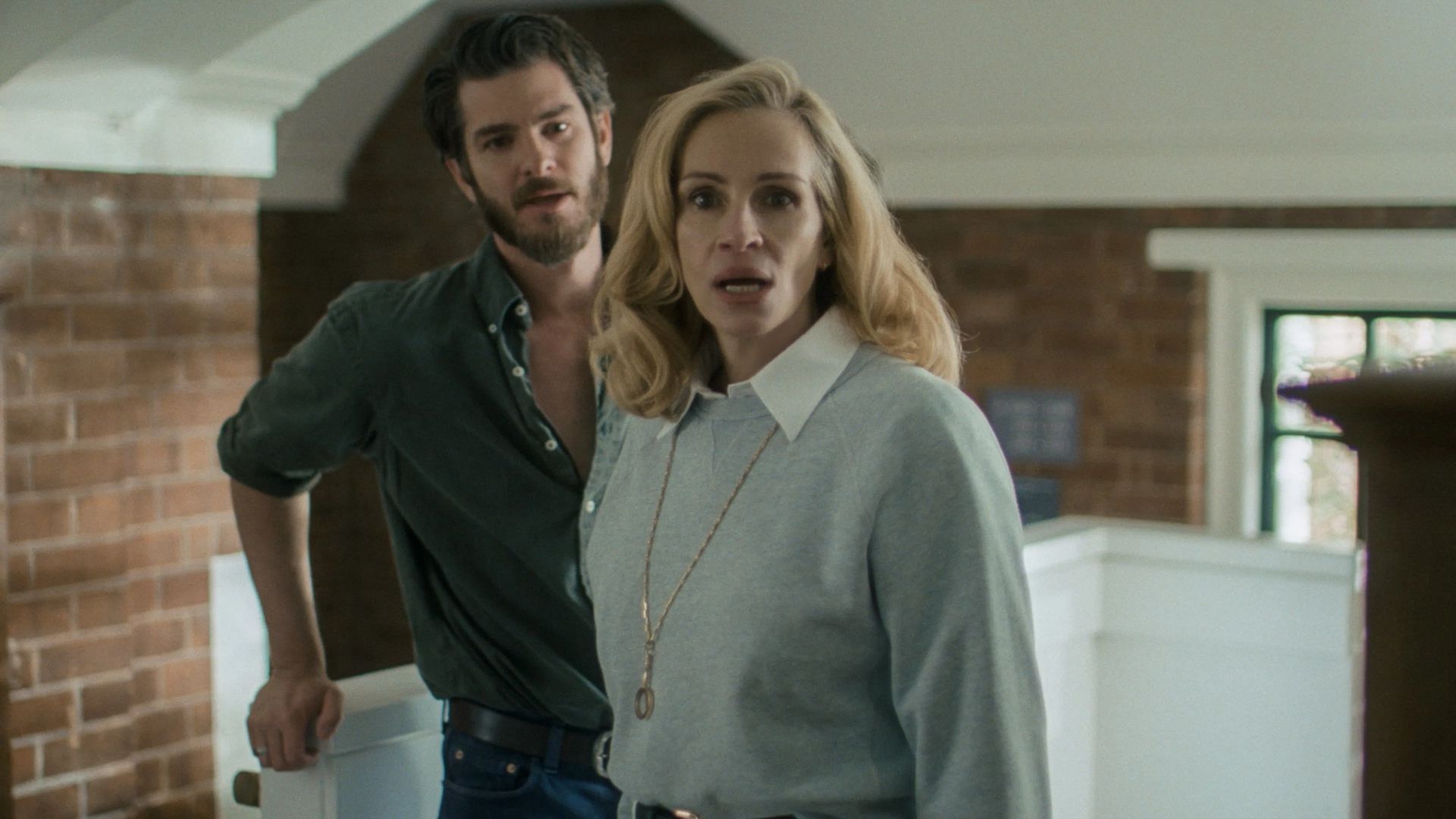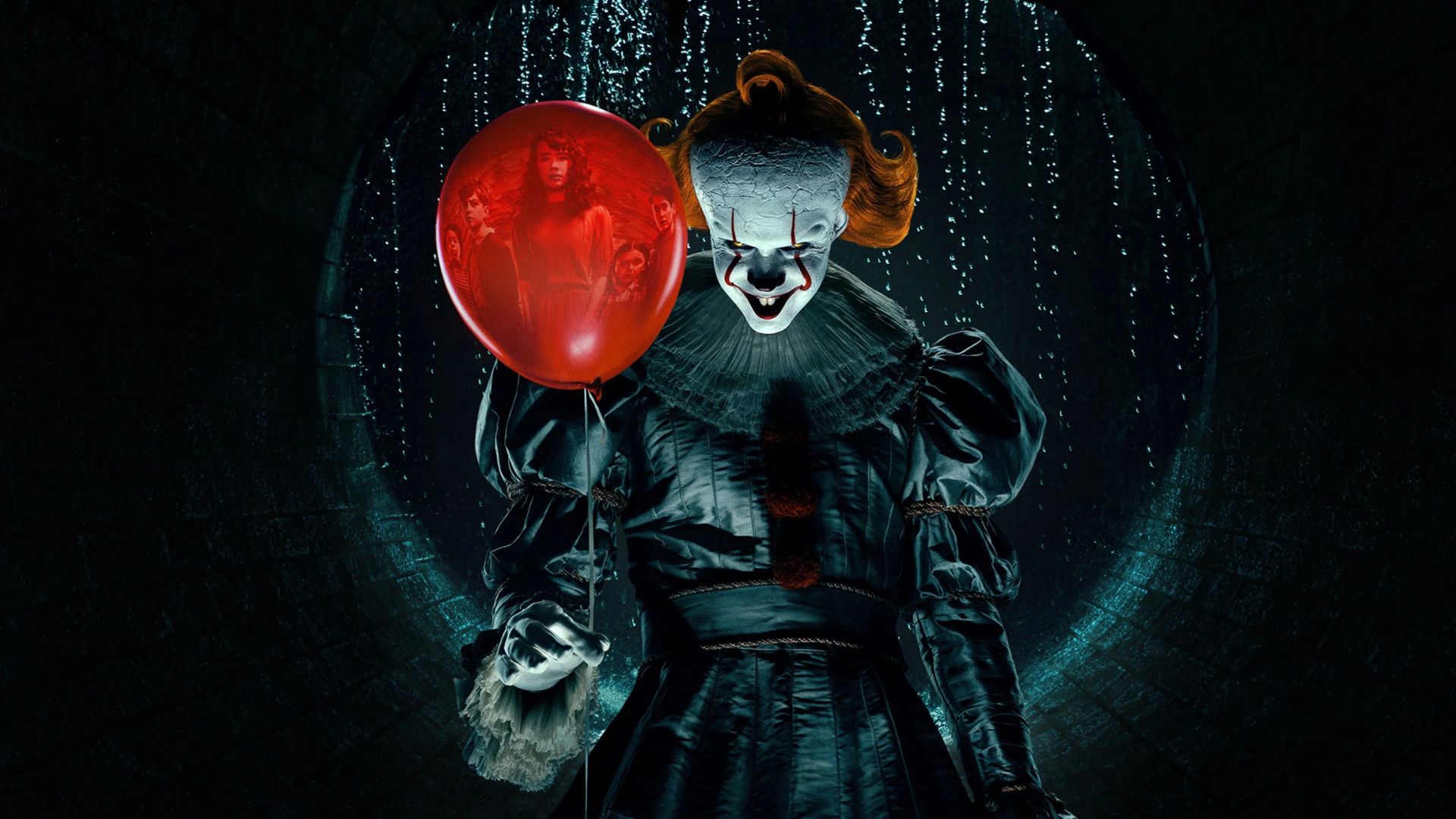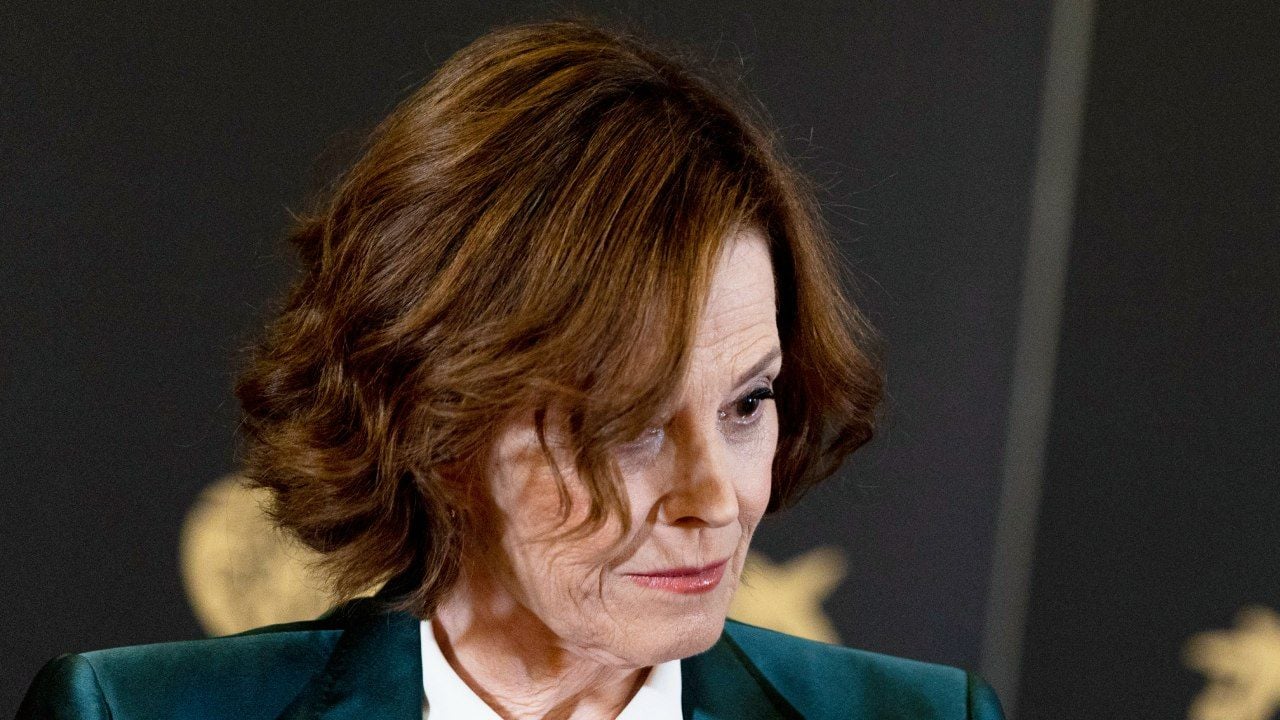Matrix : a saga that revolutionized cinema
In 1999, Matrixwritten and directed by Lana and Lilly Wachowski, it marked a turning point in science fiction cinema. This first film, starring Keanu Reeves, Carrie-Anne Moss and Laurence Fishburne, captivated audiences with its innovative plot and visual innovations. More than just a blockbuster, Matrix mixed philosophical references, questions about reality and influences from geek culture, martial arts, and cyberpunk literature.
The concept of the Matrix, a computer simulation that keeps humans in an illusion while their bodies serve as power sources for machines, has fascinated millions of viewers. This dystopian story, which echoes the technological anxieties of the late 20th century, posed existential questions: “Are we free?” and “What is the nature of reality?”.
In addition to his philosophical background, Matrix introduced revolutionary cinematic techniques. THE bullet timethis visual effect that allows you to slow down time as you rotate the camera around your subject became instantly iconic. It influenced a generation of filmmakers and penetrated popular culture through parodies and references in other works.
The phenomenal success of the first part led to the creation of two sequels, Matrix reloaded AND Matrix revolutionsboth released in 2003. If they divided the critics, they nevertheless enriched the universe of the saga, exploring the philosophical and political questions of relationships between man and machine. The trilogy has left a lasting legacy, becoming an essential reference in science fiction cinema and in the collective imagination.
With Matrix ResurrectionsLana Wachowski returns alone to the controls to expand the story, questioning the weight of this legacy. This fourth work dialogues with its predecessors, while providing a reflection on our time, marked by nostalgia, technological control and the search for meaning in an ever-changing world.
Matrix Resurrections : an introspective and bold final chapter
This new work stands out for the way it revisits the founding themes of the saga, adapting them to the 21st century. Neo (Keanu Reeves), now known by his civilian identity as Thomas Anderson, leads a seemingly ordinary life in an updated version of the Matrix. However, he is haunted by visions and a feeling of unrealityuntil his encounter with Bugs (Jessica Henwick) and a new version of Morpheus (Yahya Abdul-Mateen II) pushes him to question the nature of his world.
The film retains the main themes that made it successful Matrix : the search for freedom, the manipulation of systems and the fight against an insidious form of control. However, it goes further by exploring human emotions and placing the love between Neo and Trinity at the center of the story. This bond becomes a powerful narrative engine, symbolizing a force capable of challenging even the most rigid rules of the Matrix.
Visually, Matrix Resurrectionsoffers a more colorful and bright experience than its predecessors, marking a break from the cold, dark aesthetic of the trilogy. However, the action sequences and special effects remain impressive, despite taking a less ostentatious and more narrative approach.
If the film divided audiences upon its release, it constitutes a bold work that does not hesitate to question its role within the saga. It’s an introspective conclusion, both an homage and a reflection on the myth created by the franchise.
Source: Cine Serie
Ray Ortiz is a journalist at Gossipify, known for his coverage of trending news and current events. He is committed to providing readers with accurate and unbiased reporting, and is respected for his ability to keep readers informed on the latest news and issues.







